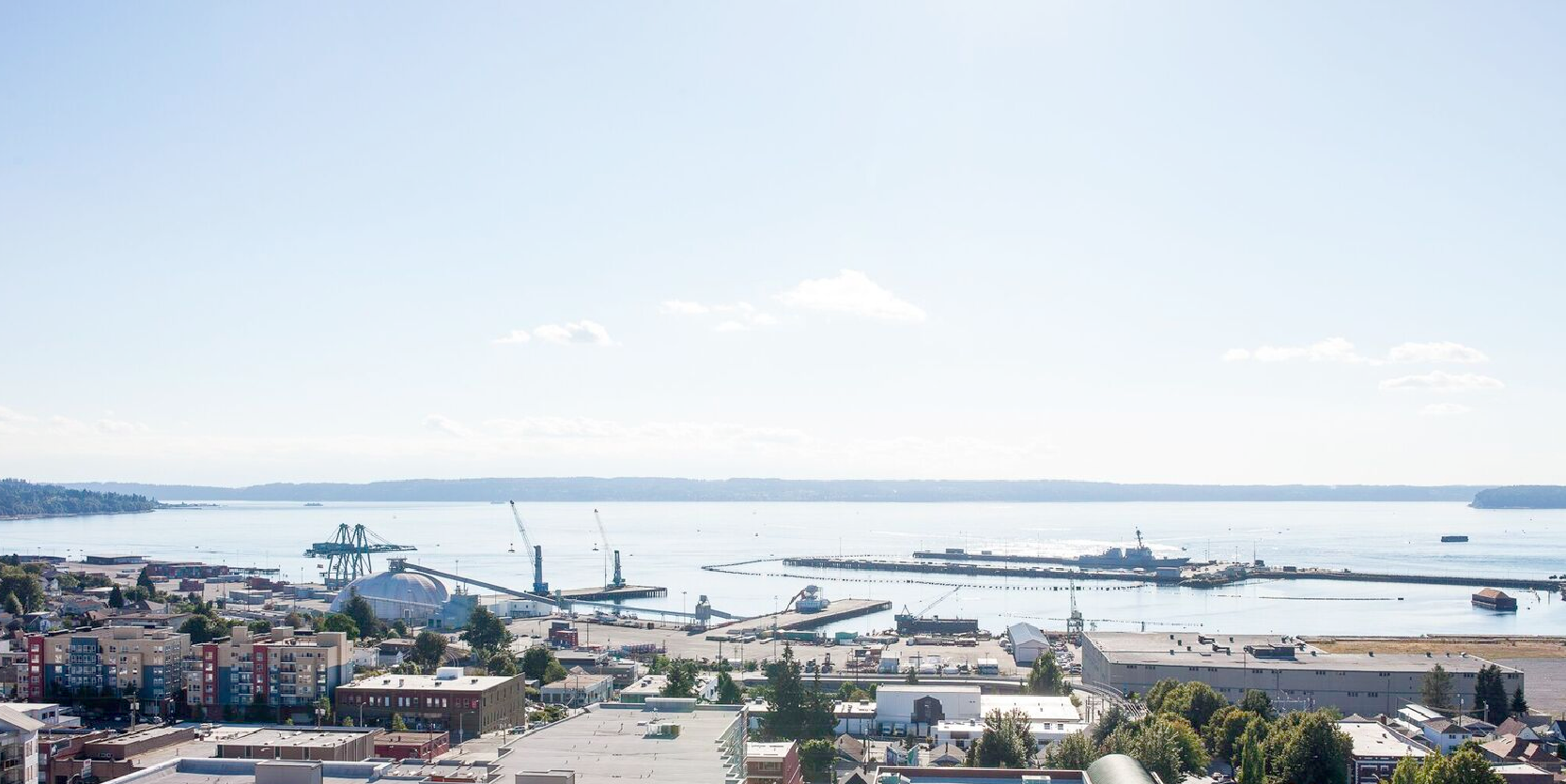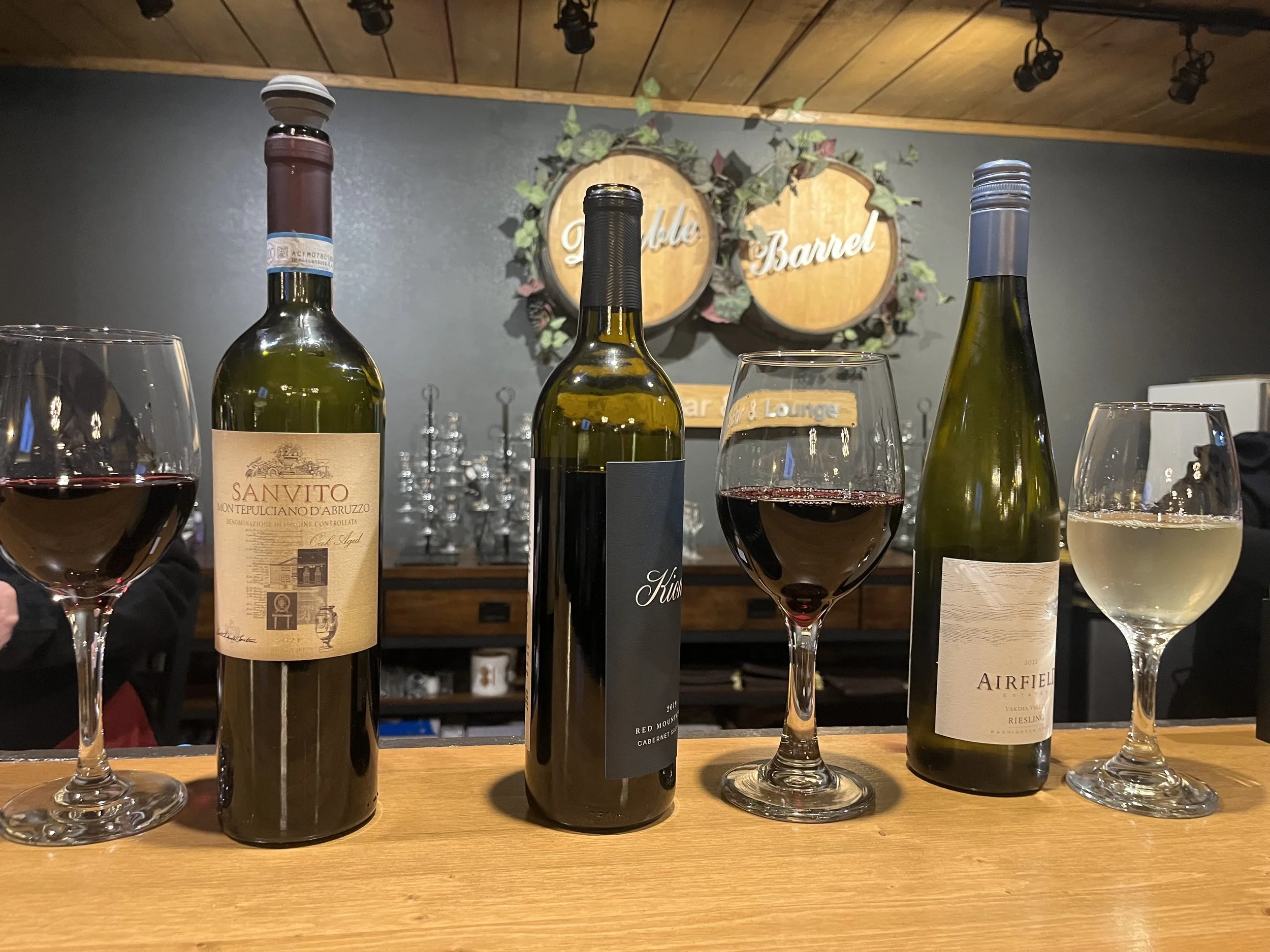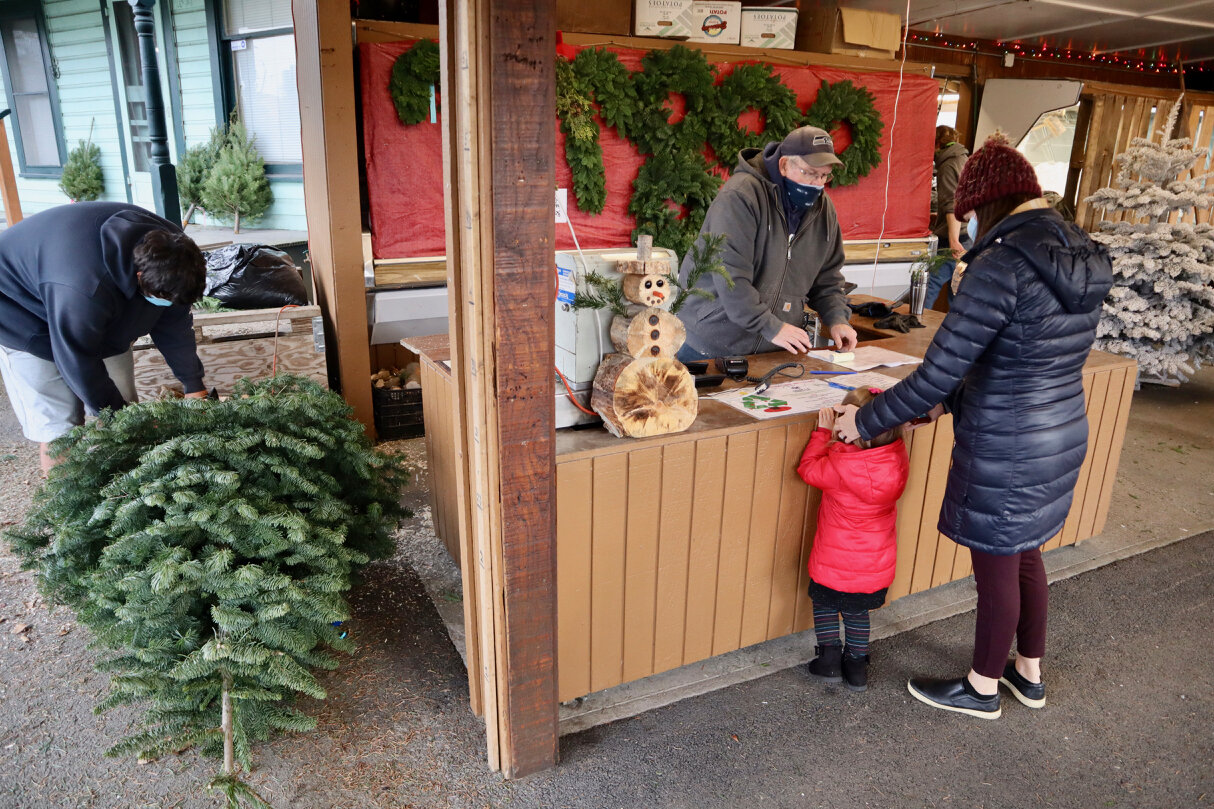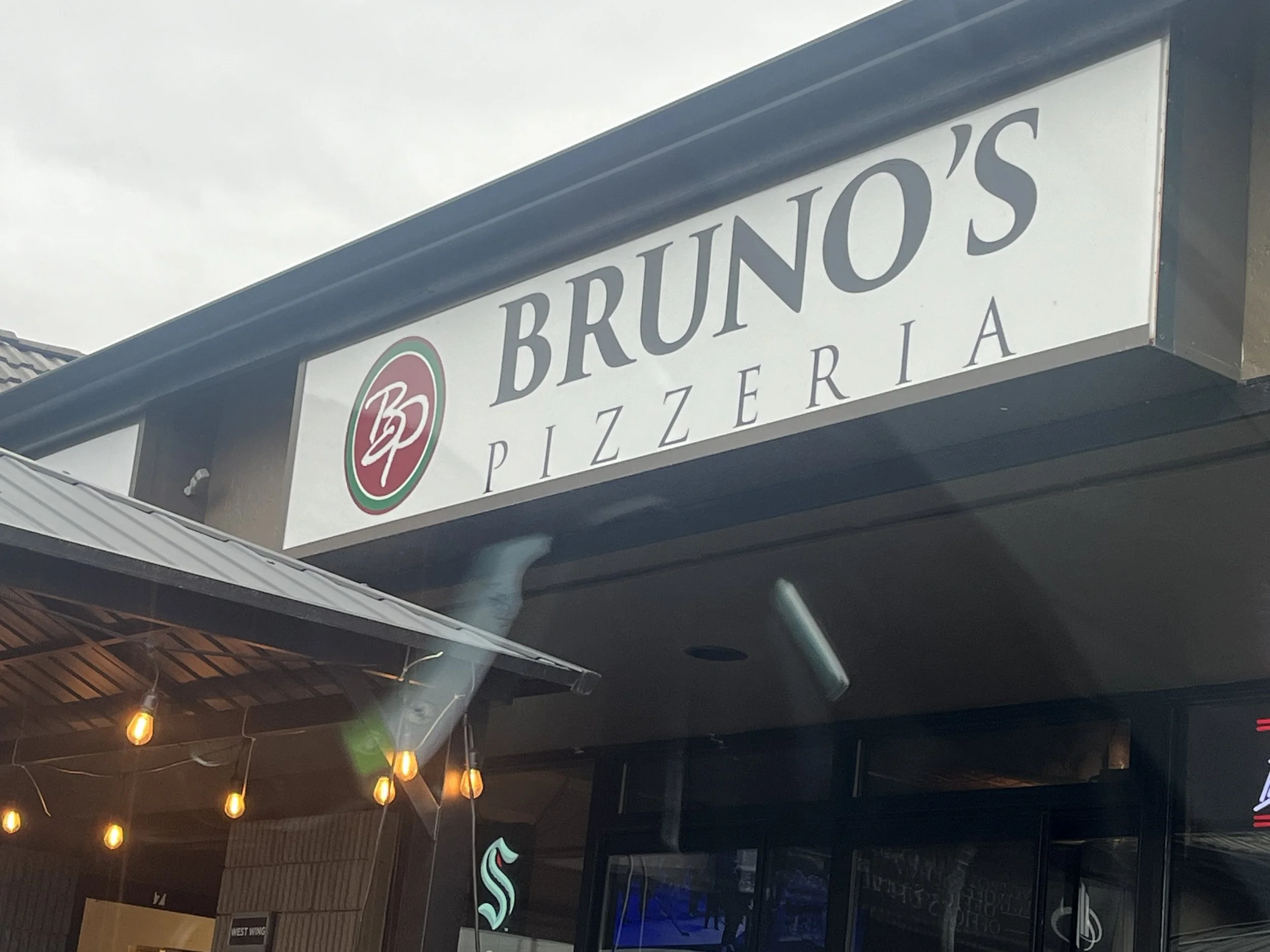The Movement for Fairness and Equity in Everett
1. How our representation is made up now. A brief overview of officials and neighborhoods they live in.
Everett is a charter city, which means we have a charter that sets for all policy and governance for the city, it’s like a city constitution. State law and our charter allows for citizen to make changes or amend the charter by a vote of the people. The Charter states that a voter petition can be used to put an issue before the voters, which is what Everett Districts Now is trying to do.
Community leaders, along with support from the League of Women Voters and the NAACP, have written a citizens initiative to amend the Everett City Charter and establish a new voting system. With enough signatures, the issue could go before all Everett voters in November 2018.
Everett is a promising First Class city with a gritty history. A city government that comes from the people will better serve all people. Seven out of ten similar First Class Cities (Aberdeen, Bellingham, Bremerton, Seattle, Spokane, Tacoma, and Yakima) depend on districts or a mix of district and at-large voting for council members.
2) Why this may be the case.
Currently, all council members are elected at-large, as a result, 5 out of 7 live in the northern part of the city. Of our 19 neighborhoods, we have councilmembers living in Riverside, Northwest Neighborhood, Silverlake, Twin Creeks and Forest Park.
Where we live is who we are-we all have different experiences. Diversity in government is needed for new ideas, improved representation and improved quality of life. Other cities understand the benefits structural change to ensure diversity and inclusion; multiple perspective and backgrounds can confront challenges and find new solutions.
3) How districts could benefit everyone and expand representation.
Districts would ensure fair and equal representation across the entire city. It means that you have someone that represents you and your neighbors. The pride you have for your neighborhood’s character is shared by your contact in city hall.
Residents have the right to be represented by a council member who answers directly to them. With fewer constituents, each voice has a much higher probability to be heard and concerns are more likely to be acted on. When a resident has an issue with the city, they will know exactly what council member to speak to. Finally, districts remove barriers so we have more candidates and more diverse candidates. Candidates can run a grassroots campaign and go door to door to meet constituents.
4) How districts could limit our choices and affect us, negatively.
The government subcommittee of the council, made up Paul Roberts, Cassie Franklin and Scott Bader argued that creating districts would “lower the bar” for candidates, by requiring that councilmembers are elected from all parts of the city. They also argued that fewer votes would be needed to win an elected. While districts does create a smaller area to campaign, this has benefited cities by allowing a more diverse group of candidates and allows ‘grassroots’ campaigns where candidates would meet directly with constituents instead of raising large amounts of money.
Our city is 25% non-white and 14% identify as Hispanic or Latino but this is not reflected on the council. We have little league coaches, PTA leaders, faith leaders, non profit managers and others involved in their community who would bring a valued perspective to the council. Improved representation means that everyone has a voice in their government.
5) What the proposed districts are.
The proposed map and districts boundaries were drawn by Dr. Richard Morrill, Professor Emeritus, University of Washington. Dr. Morrill assisted with the district boundaries in Seattle and is a noted expert in his field with over 50 years of experience. The five districts were drawn to be roughly equal in population of around 20,000 using census data and using exiting geographic boundaries and neighborhoods. Every ten years, an appointed committee would adjust the boundaries of the map based on population changes and an independent ‘District Master’ would oversee the process and research. Keeping two seats ‘at-large’ and elected by the entire city prevents parochial issues and council members will have to work with each other to get a 4-vote majority to pass important issues.
6) How to learn more.
Be part of the movement to bring districts to Everett! We need to gather 4,000 signatures by the end of July and we need you to vote yes on districts! Learn more at www.DistrictsNow.org. We’re also out at community events-like both locations for the Everett Farmers Market (Mall on Fridays and Port on Sundays) and the petition is at Café Zippy at 1502 Rucker.
Editor’s note: This is a guest post from contributing writer Megan Dunn. The opinions expressed in this piece don’t necessarily represent the views of Live in Everett. Have a piece you'd like to contribute to the Live In Everett blog? Check out our submission guidelines here.
Megan Dunn is Chair of Everett Districts Now! She has been involved in local community organizing since moving to Everett 10 years ago. By day, she’s a Program Director at a small environmental nonprofit; by night, she lives in a 125 year old house in the Lowell Neighborhood, with her family and pets.
















